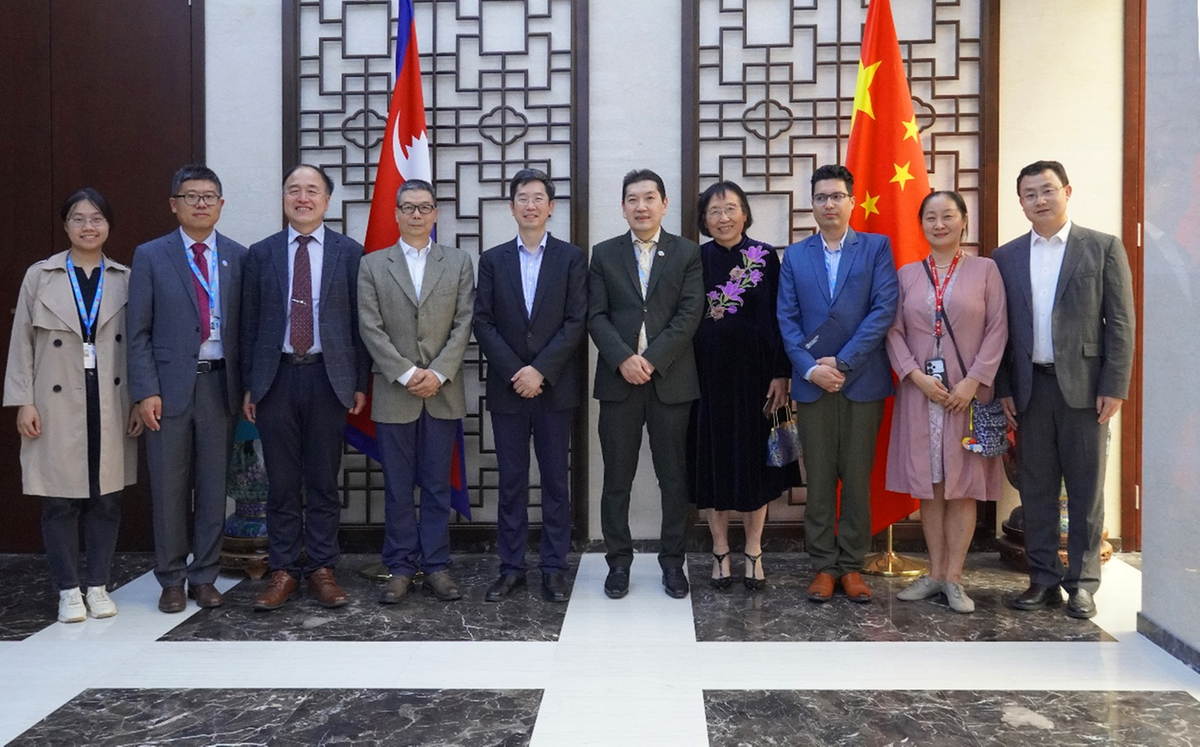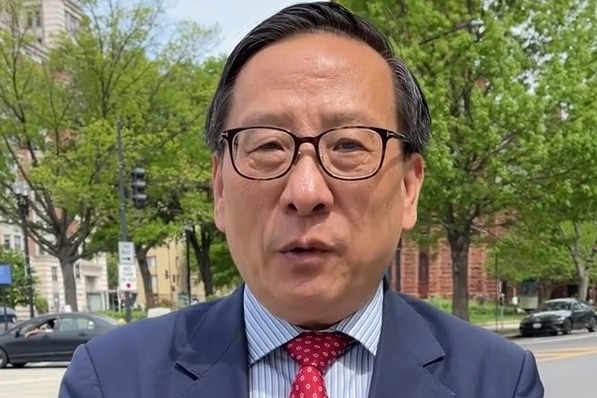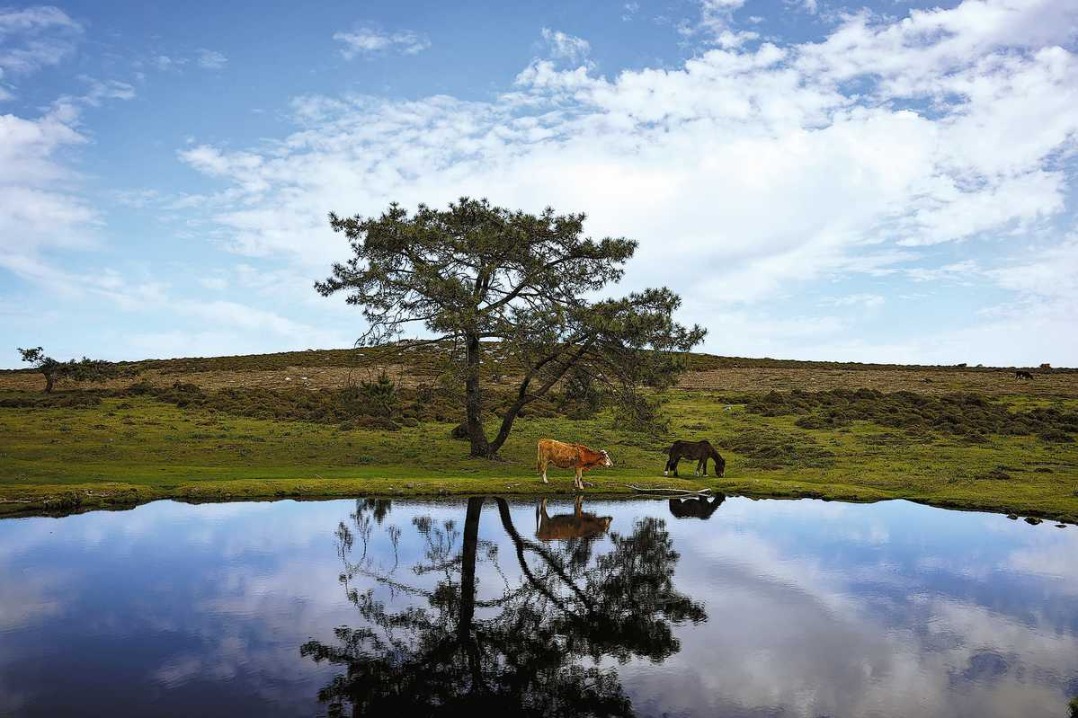Chinese project steers Nepal's agricultural modernization


Marking the 70th anniversary of China-Nepal diplomatic relations and the 80th year of the UN Food and Agriculture Organization, China's cutting-edge Geographical Indications Environment & Sustainability technology has empowered Nepal's agricultural modernization under FAO's "One Country One Priority Product" initiative.
Launched at an event in Nepal on April 8, the project focuses on Nepal's premium large cardamom, leveraging Chinese scientific expertise to enhance ecological conservation, product value and global market competitiveness—a model of South-South cooperation advancing UN Sustainable Development Goals.
"GIES transcends traditional farming by merging ecological precision with economic viability," said Wang Zhenbo, deputy director of IGSNRR's Geographical Indications Research Center. "By digitizing soil composition, microclimate data and cultivation practices, we empower Nepali farmers to optimize yields while safeguarding biodiversity. This is science serving sustainable development."

Developed by the Institute of Geographic Sciences and Natural Resources Research under the Chinese Academy of Sciences, the GIES system integrates big data, internet of things and artificial intelligence to map the crop's unique terroir, establish traceable supply chains and protect intellectual property.
Following successful applications in Bhutan and Panama, this Nepal case—spanning Kathmandu, Ilam and Taplejung—represents China's first large-scale transfer of agricultural "new quality productive forces" to the Himalayan nation. Over 12 days, joint FAO-IGSNRR teams conducted ecological sampling, farmer training and tech demonstrations, supported by Nepal's ministry of agriculture and local governments.
The project has garnered multilateral endorsement. Li Xuan, doctor and FAO Asia-Pacific Senior Policy Officer, emphasized that GIES "reshapes value chains through stakeholder synergy, from labs to markets, ensuring authenticity and equity".
FAO Representative to Nepal Ken Shimizu added, "China's tech partnership elevates regional capacity, directly benefiting 15,000 Nepali cardamom farmers initially, with plans for nationwide scaling."
IGSNRR Party Secretary Wang Shenglin tied the initiative to broader diplomacy: "At this historic moment, we're showcasing Chinese solutions for global food security, a cornerstone of the Belt and Road's 'green development' vision."
Noting its geopolitical significance, Embassy Charge d'Affaires Wang Xin said, "This isn't merely technical aid; it's a trust-building bridge between our peoples."
With Nepal's national television extensively covering the launch, the GIES model is poised to expand across FAO's 78 OCOP countries, positioning Chinese innovation at the forefront of equitable agricultural globalization.































